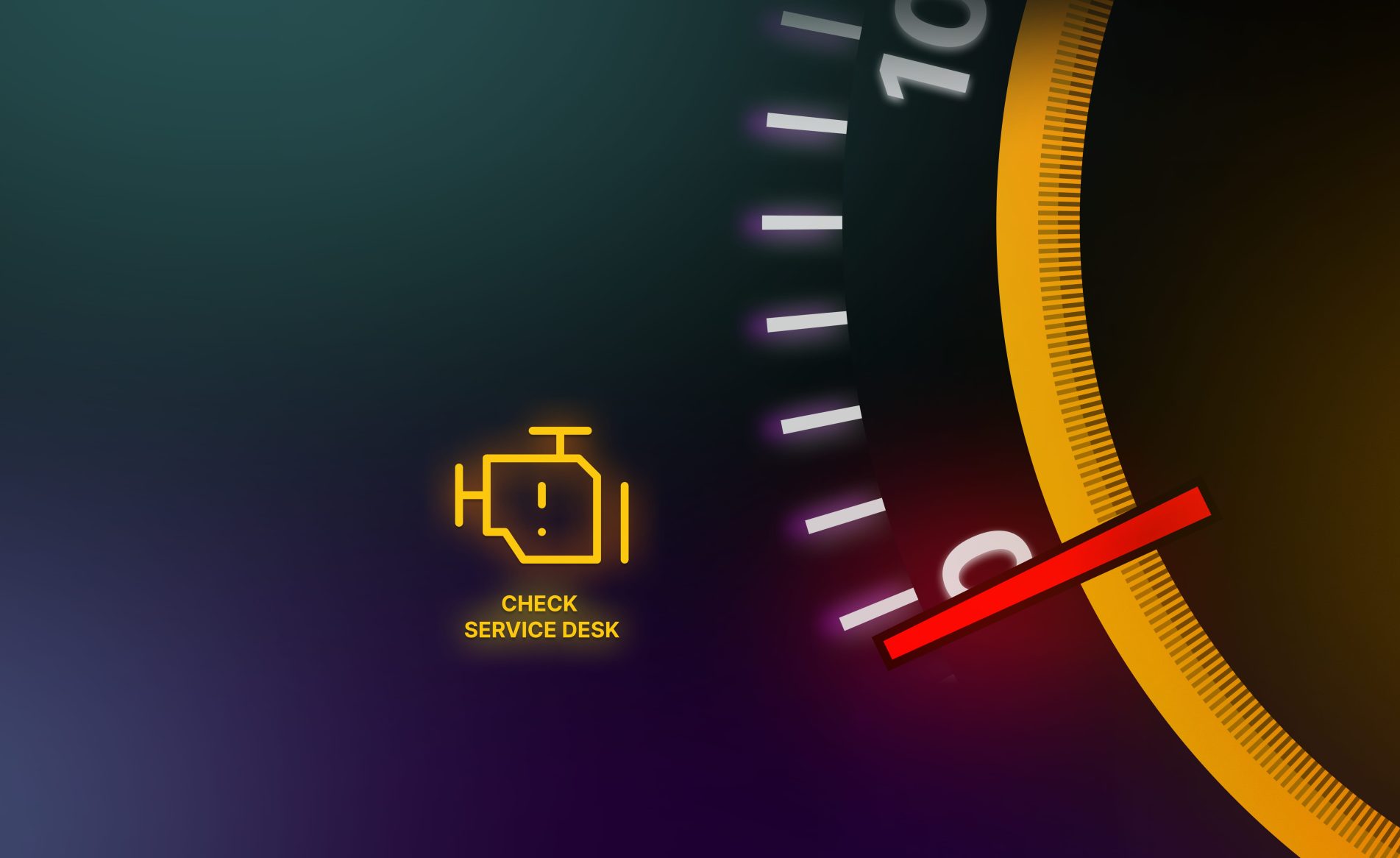You wouldn’t skip a service on your car. Why let your IT operations run until failure? If processes feel sluggish, unreliable, or out of control, it’s time for an expert to look under the hood.
Don’t Wait for a Breakdown — These Red Flags Tell You It’s Time
Here are the key symptoms decision makers often feel first:
- Escalation is the norm – Issues don’t move unless pushed. The process isn’t trusted to work independently.
- Staff are “overheating” (experiencing burnout) – High workloads, high absence, and low morale. Your team is running at a loss.
- Reporting doesn’t help you drive decisions – You’re tracking effort, not outcomes. Metrics don’t help you lead or prioritise.
- Backlogs continue to build – Incidents, requests, developments, and projects accumulate without a structured plan to address them.
- Customers claim to be happy, but they still complain – CSAT scores appear fine on paper, but users express dissatisfaction through informal channels. Trust is low.
- Changes still cause disruption – Although there’s a change process, it’s slow, bypassed, or fails to identify risks before deployment, resulting in frequent IT outages.
- Improvement is always ‘next month’ – There’s no structure or ownership for identifying trends, resolving root causes, or driving improvement.
The Value of a Health Check
Cars require regular servicing to detect faults early and maintain smooth operation. Your IT department is no different.
An independent health check helps you:
- See what’s working and what’s holding you back
- Spot risks before they cause disruption
- Focus on practical, not theoretical, improvements
We assess your IT function against both best practices and your business needs, then provide you with actionable recommendations. Not just what to fix, but how to fix it. And unlike a mechanic who replaces parts, we’ll work with your team to help them understand the issues and take ownership of the solution. That means longer-term improvement and less need for external help.
What a High-Performing IT Team Looks Like
The days of cars being just about getting from A to B are over. Today, they’re expected to offer comfort, navigation, fuel economy insights, and reliability. Your IT team should be doing the same: not just reacting to incidents, but guiding decisions, adding value, and shaping the user experience.
If you’ve made it this far, the earlier points hit home. So, what does a high-performance look like?
| Reactive & Underperforming | High-Performing | |
| Escalations | Most issues require technical or management escalation | Issues are resolved promptly and by the appropriate team |
| Visibility & Data | Reporting is either nonexistent, effort-intensive, or based solely on the quantity of work. | Metrics support planning, prioritisation, and decision-making |
| Process Use | Processes are undocumented, inconsistent, or undefined | Processes are lean, followed, and aligned to business needs |
| Backlogs & Volume | Tickets, development, or project backlogs continue to grow and are unmanaged. | Backlogs are prioritised, tracked, and reviewed regularly in line with business priorities. |
| Change Control | Changes often cause disruption or aren’t properly assessed | Change is visible whilst focusing on success, risk & velocity |
| Problem Management | Root causes go untracked. The Service Desk is repeatedly addressing the same incidents. | Problems are logged, root causes investigated, and recurring incidents reduced. |
| Staff | Constantly firefighting with little time for personal development | Staff feel in control, empowered, supported, and part of the IT mission |
| Reactiveness | Teams wait for things to go wrong before acting | Trends are monitored, and action is taken before issues impact the customer. |
Avoid the Breakdown — Book a Health Check Today
Small fixes now prevent bigger issues later.
If any of this sounds familiar, don’t wait. A quick health check today could save you from a major failure tomorrow.




